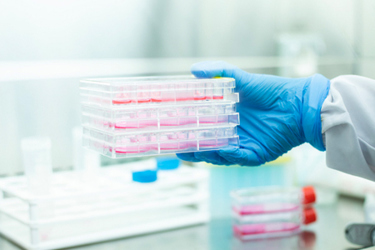Understanding Cell Culture Humidity: Practical Tips For Maintaining Healthy Cell Cultures

Maintaining healthy cell cultures is a delicate and often complex process that requires precise control over several environmental parameters. Among the most critical of these are temperature, gas composition, and humidity. While temperature and gas levels—such as CO₂ and O₂—typically receive the most attention in laboratory settings, humidity is an equally vital factor that is frequently underestimated. Inadequate humidity can lead to rapid evaporation of culture media, which in turn can alter osmolarity, concentrate solutes, and stress or even kill the cells. Despite its importance, achieving and maintaining optimal humidity levels in incubators and culture environments is not always straightforward. Variations in equipment design, frequency of door openings, and even seasonal changes in ambient conditions can all influence humidity control. These challenges make it essential for researchers to understand the role of humidity in cell culture and to implement strategies that help stabilize this parameter.
Delve deeper into why humidity matters so much in cell culture and learn practical steps you can take to ensure your cultures remain viable and your data stays trustworthy.
Get unlimited access to:
Enter your credentials below to log in. Not yet a member of Cell & Gene? Subscribe today.
